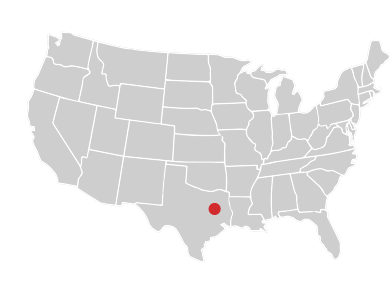Client
A Major Institutional Services Firm
The Opportunity
“Recent acquisitions had added complexity and increased workload to a major institutional services firm. Senior leadership recognized that the increased complexity of their data environment will materially impact their operations and cost structure.”

The Business Challenge
Recent acquisitions had added complexity and increased workload to a major institutional services firm. Senior leadership recognized that the increased complexity of their data environment will materially impact their operations and cost structure. Key questions being asked included:
- What are the key data needs of the business as expressed by our various custody and settlement functions? What are the data architecture implications resulting from each of these business needs?
- Where do data analytic and reporting gaps exist in the current custody environment? Are there key business issues with existing data platforms, including bank-owned and third party outsourced environments? Where do gaps exist in data usage and reporting? Are any of the existing tools and technologies at risk from a technology currency perspective?
- What potential data strategy options could the institutional services firm pursue to bridge these data gaps and meet the articulated needs of the business? What are the high level benefits, costs, risks, and timelines associated with each of these recommended initiatives?
Senior management believed that enhanced use of data analytics and big data will provide new functionality and reduce the complexity and workload scalability risk to support their recent acquisition and organic growth. Additional benefits identified were:
- Improved associate delight – through simplified data and analytic processing, elimination of paper-based reporting, and improved ease of doing business
- Improved customer satisfaction – through improved data self-service functionality, faster turnaround on custom needs, and improved data service consistency
Lower operational cost – through improved processing efficiencies, elimination of data redundancies, and automation of manually intensive data related tasks
Our Approach
We partnered with senior management to surface and categorize key business needs for data analytics and big data into discrete consumption patterns. We then documented critical data gaps in the existing environment and categorized these gaps into discrete data groupings. We leveraged the results of our discovery work to identify data architecture design options to bridge gaps where they exist in the current environment. We also surfaced the need for discrete tools and technologies to support the target state data analytics environment, including data quality, visualization and analytics, and self-service reporting capabilities for business users. We categorized and structured these options into discrete implementation alternatives, and evaluated the benefits, costs, and risks associated with each option, including tangible ROI, soft benefits, regulatory compliance requirement, etc. The result was a detailed data strategy roadmap and implementation plan to bridge the custody and settlement data capability gaps identified above, together with costs and implementation timeframes, and a migration road map for achieving the future state data analytics and big data environment for institutional services.
Bottom Line
The implementation of the data strategy yielded new insights for clients and senior management, resulting in new revenue streams and cost reduction opportunities for the firm and its customers.

